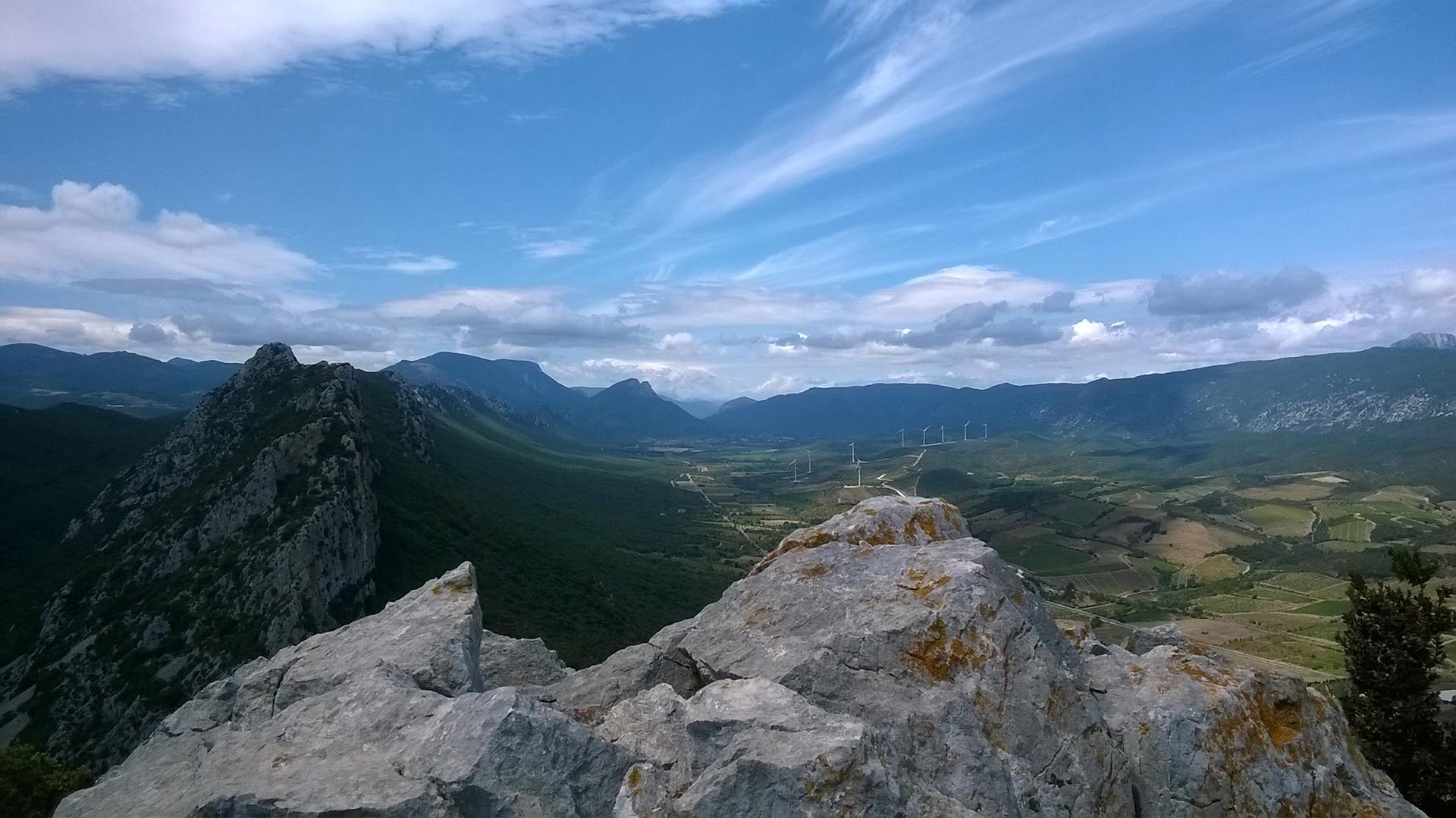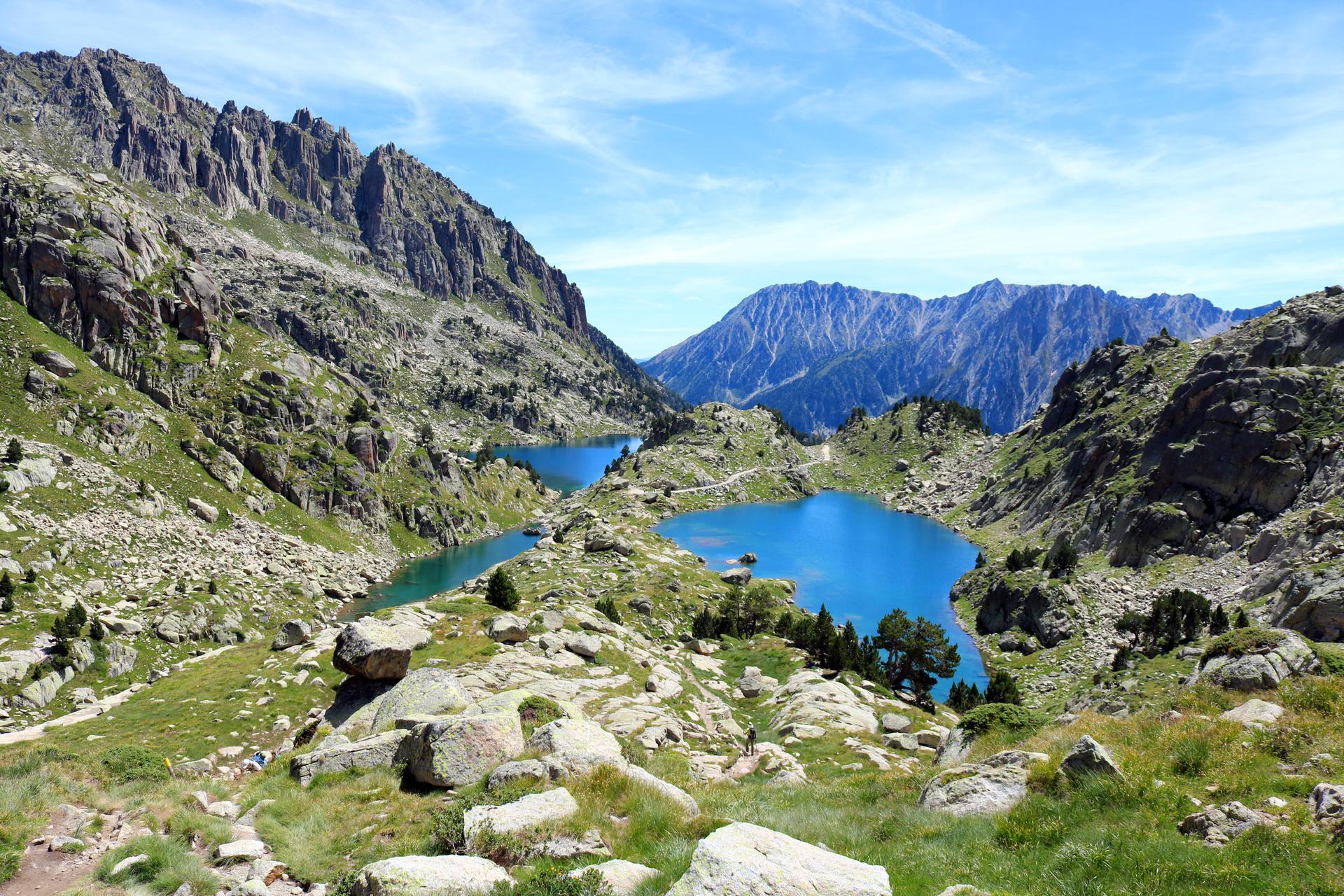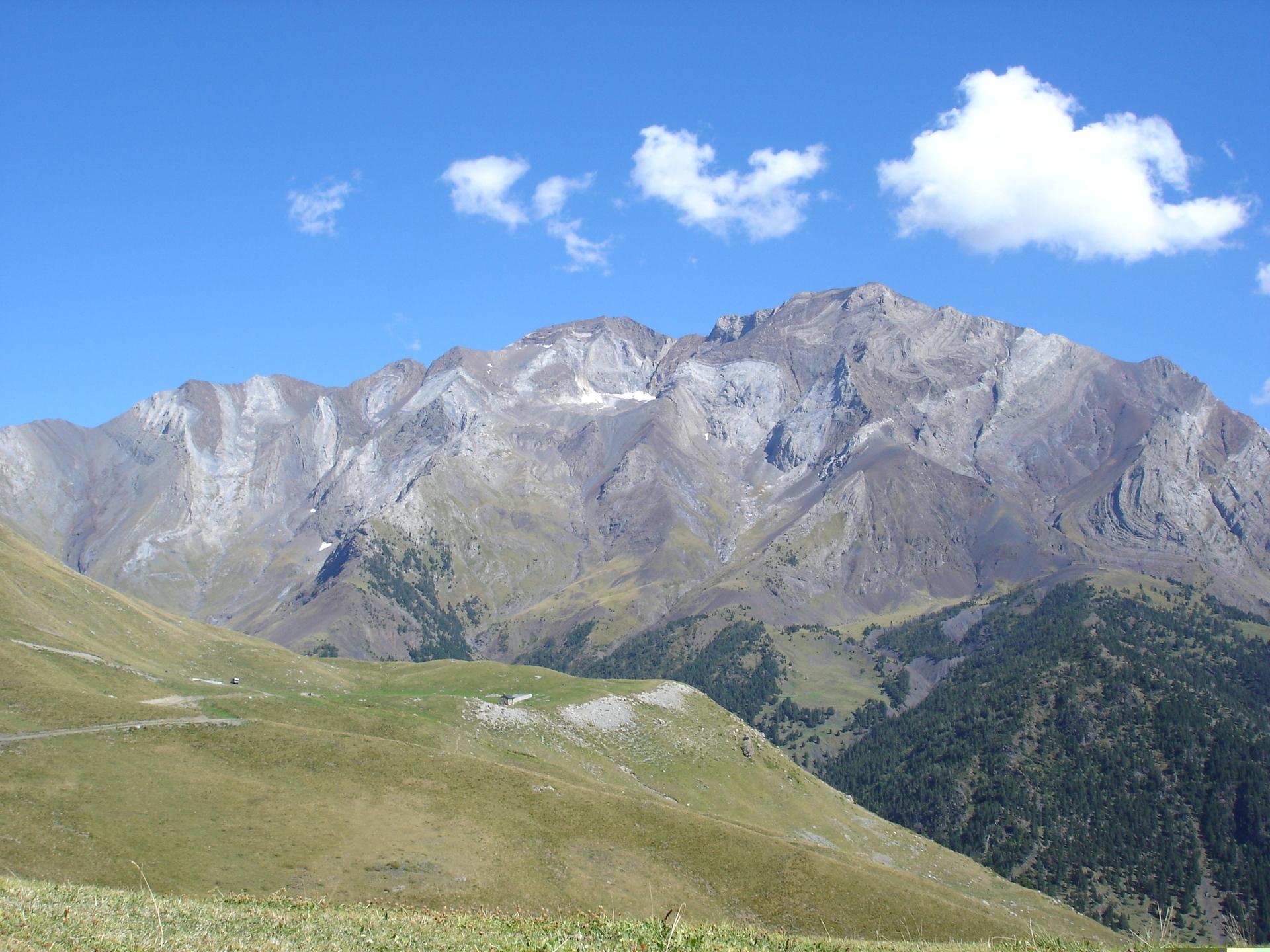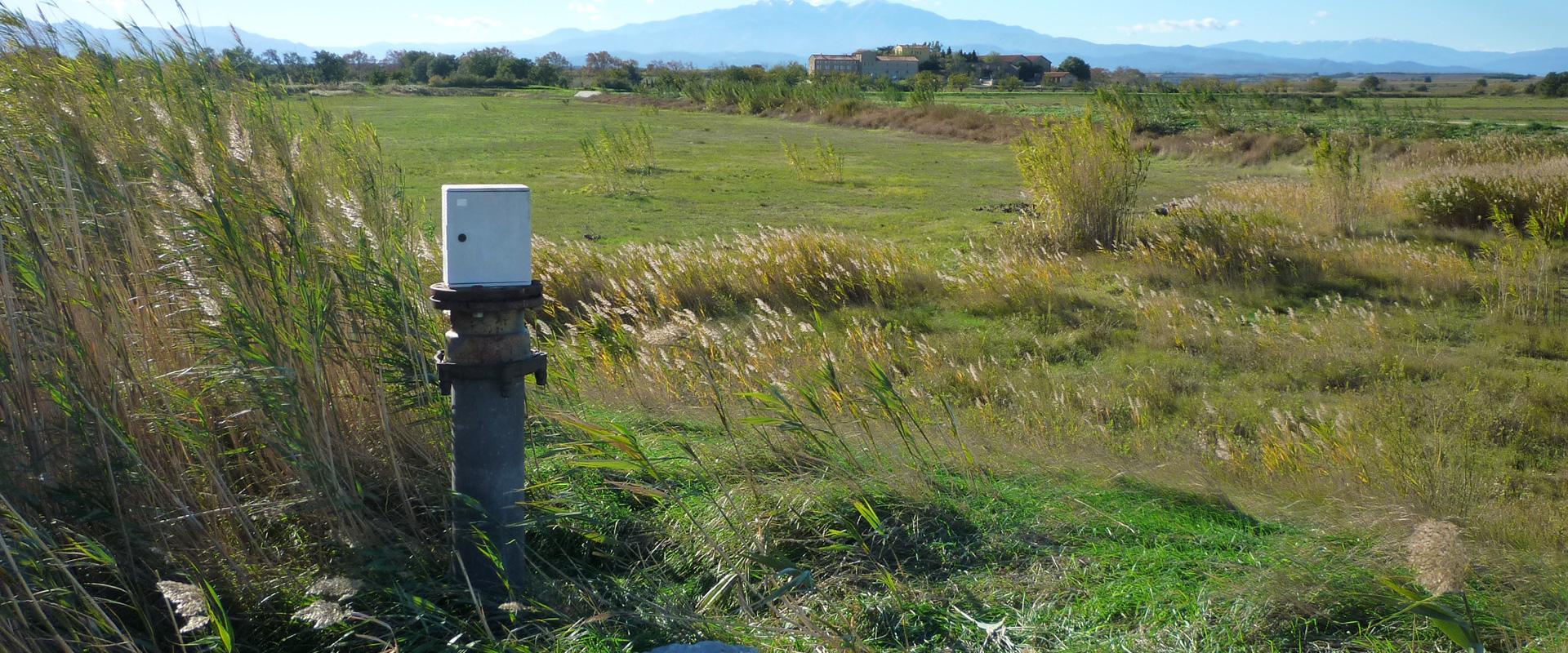Water resources and climate change in the Pyrenees
The PIRAGUA project was part of the cross-border cooperation strategy of the Pyrenean Observatory on Climate Change (OPCC Observatoire Pyrénéen du Changement Climatique). Undertaken jointly with several organisations in France, Andorra and Spain, it has published two monographs analysing the current state and future of water resources in the Pyrenees and their regions (Pays Basque, Navarre, Aragon, Catalonia, Andorra, Nouvelle-Aquitaine and Occitania) in the context of global climate change, and proposed adaptation measures for managing them.
According to these models, the rivers in the Pyrenees will have increasingly low annual flows, down to -15% by 2040, and even -20% by the end of the century. This is one of the main conclusions of PIRAGUA, a European project that confirms the gradual decrease in water resources in the Pyrenees over the last few decades and in which organisations from France, Spain and Andorra took part as part of the Interreg POCTEFA 2014-2020 programme. The results were presented in separate monographs:
- the first volume analyses the current and future state of water resources in the Pyrenees,
- the second deals with measures for adapting to climate change and changes in water demand in order to manage these resources.

The results of the models show very clearly that in the future, the climate in the Pyrenees will be warmer and drier, with a general increase in aridity both in space and time, except in the highest areas. In general, there will be a gradual reduction in the annual flow of Pyrenean rivers, which will continue to decrease as the century progresses. Logically, the most pessimistic emissions scenario predicts the most severe decrease.
A decline in water resources that is likely to continue
Analysis of flow data for rivers with a natural or little-influenced regime reveals that, over the last few decades, there has been a general decline in all the indicators describing water resources. These changes are caused both by climate change (mainly rising temperatures) and by to recent changes in land use, mainly the increase in vegetation cover due to the abandonment of farming activities in the mountains. The use of hydrological models forced by a wide range of future climate projections shows that, over the coming decades, the rivers on the northern slopes of the Pyrenees are likely to experience a marked decrease in annual flows, more pronounced than on the southern slopes, especially in the central and eastern parts.
On a seasonal scale, the high-water flows characteristic of snowmelt could occur earlier in the season, while low-water periods will be progressively longer and more pronounced. Indeed, current hydroclimatic projections consistently show a significant reduction in precipitation in the form of snow, as well as a reduction in the relative importance of snowmelt in flow generation.
One of the main causes of the observed reduction in flows is the mean rise in annual temperature in the Pyrenees, which was +0.8ºC over the period 1981-2010. The rise in temperature has been more marked in the central Pyrenees (the Gállego, Cinca and Ésera basins) and in the easternmost part, as well as on the northern slopes. In terms of seasonality, the increase was most marked in spring and summer.
These changes have been observed on both sides of the Pyrenean mountain range and point to a scenario of reduced water resources which started over the last few decades, and which could become even more pronounced in the future if temperatures rise throughout the 21st century.
As far as the analysis of precipitation is concerned, there is no signal of change as robust as for temperatures in the observations of recent years (few statistically significant trends). The biggest decreases in rainfall, and the only significant ones, occurred in the central Pyrenees and in the Bidasoa basin, with reductions of as much as 30 mm per year. However, positive trends (an increase in rainfall over the period analysed) were also observed in the highest parts of the Gave de Pau system and in the central Pyrenees.

Water is of fundamental ecological and landscape importance. The Pyrenees are exceptionally important in terms of the production of water resources, which goes far beyond the scope of the mountain range alone, as the rivers of the Pyrenees provide water for agriculture, industry and the drinking water supply for a vast region stretching along foothills on both sides of the mountain range.
Adaptation measures
The conclusions drawn from the analysis of observations and future projections, underline the importance and necessity of adapting to climate change in the management of water resources from the Pyrenees, at local, catchment basin and even mountain range scales.
The second volume published focuses on identifying and proposing adaptation actions in relation to water resources in the Pyrenees and their area of influence. The work was carried out in close collaboration with local stakeholders, with whom seven case studies were conducted.
Among common or cross-cutting measures, nature-based solutions aimed at maintaining or even enhancing ecosystem services (those provided by an ecosystem to society) represent a sustainable and sometimes less costly alternative to technological investment or the construction and maintenance of infrastructures. For example, researchers are proposing to establish hydrological priority areas in parts of the region that play a very important role in the provision of hydrological regulation services, and whose management must guarantee the availability of water resources, both geographically and over time.
A fundamental adaptation measure proposed is to promote citizen participation and involve all stakeholders in the management of water resources, as local residents and users of water resources are the main people concerned and those who best know the characteristics of the area and its needs.

We believe that developing a dialogue between science and society is essential in order to stimulate an effective, common strategy for adapting to climate change in the Pyrenees.
BRGM’s contribution
Groundwater resources in the Pyrenees have been mapped according to the type of aquifer reservoir in which they are located, thanks to the joint expertise of BRGM and its Spanish (IGME, EHU) and Andorran (ARI) partners. Based on this map, it has been possible to estimate the potential recharge from precipitation each year over the 30-year period 1981-2010, while highlighting regional disparities. Finally, the available climate projections have made it possible to assess future shortfalls in the recharge of groundwater reservoirs, which water users in the Pyrenees will have to adapt to.
A project coordinated by the Pyrenean Climate Change Observatory under the POCTEFA programme
PIRAGUA project is co-financed by the European Regional Development Fund (ERDF), which provides 65% of its funding, under the Interreg V-A Spain-France-Andorra Programme (POCTEFA 2014–2020).
The Interreg V-A programme for Spain, France and Andorra (POCTEFA) is a European cross-border cooperation programme established to promote sustainable development in the border areas of the three countries.
The POCTEFA programme region, which is structured by the Pyrenean range that extends from the Atlantic to the Mediterranean, is potentially highly vulnerable to climate change. This cross-border region contains the main water resources of the POCTEFA area, that flow into the waterways and recharge zones of the region's main catchment basins and aquifers.
The Pyrenean Climate Change Observatory (OPCC) is the fruit of a regional cross-border initiative for cooperation on climate change launched in 2010 by the Pyrenees Working Community (CTP -Communauté de Travail des Pyrénées). The aims are to monitor and better understand climate change in the Pyrenees to help the region to adapt to its impacts, Its goal is to become the reference platform for knowledge on climate change adaptation in mountain ecosystems.
Piragua project partners
The Agencia Estatal Consejo Superior de Investigaciones Científicas (CSIC), the Centre National de la Recherche Scientifique (CNRS), the University of the Basque Country/Euskal Herriko Unibertsitatea (UPV/EHU), the Observatori de la Sostenibilitat d'Andorra, the Institut National de Recherche pour l'Agriculture, l'Alimentation et l'Environnement (INRAE), the French geological survey (BRGM - Bureau de Recherches Géologiques et Minières), the Instituto Geológico y Minero de España (IGME), the Universitat de Barcelona (UB), and the Fundació Observatori de l'Ebre (OE).






